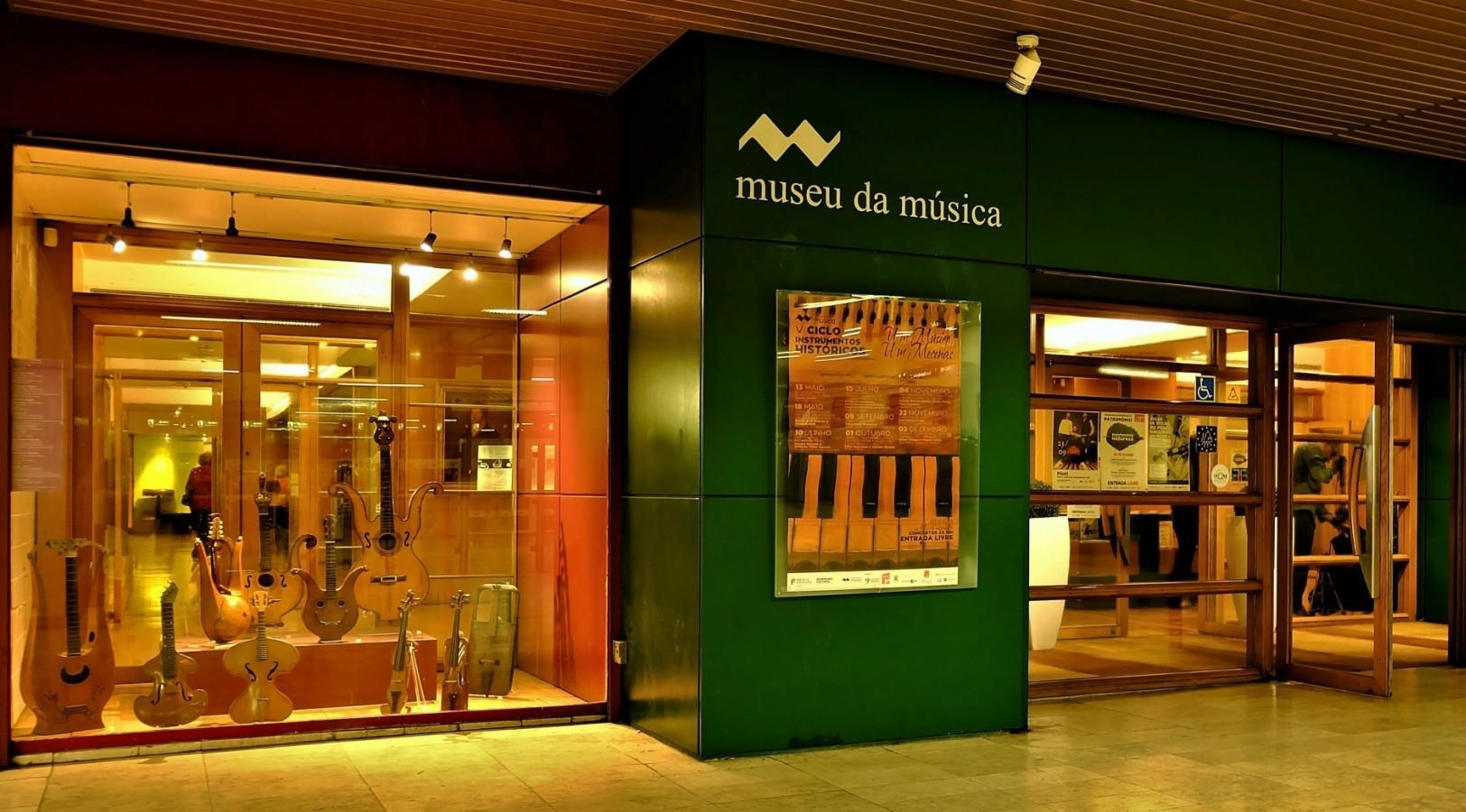Since 1994, the National Music Museum has been housed in the Alto dos Moinhos Metro Station building in Lisbon. However, there are plans to relocate the entire museum to the Real Edifício de Mafra, a historic palace in Mafra, Portugal.
One of the highlights of the National Music Museum is its instrumental collection, which comprises over a thousand musical instruments from the 16th to the 20th centuries. The collection primarily consists of European instruments but also includes instruments from African and Asian traditions, both classical and folk. Many of these instruments were sourced from the former collections of Alfredo Keil, Michel'angelo Lambertini, and Carvalho Monteiro, renowned collectors of their time.
Among the rare and historically significant instruments in the collection, several stand out. For example, there is the Boisselot & Fils piano that Franz Liszt brought from France in 1845, the Marcel-Auguste Raoux horn made for Joaquim Pedro Quintela, the 1st Count of Farrobo, the Antonio Stradivari cello once owned and played by King Dom Luís, the Henry Lockey Hill cello belonging to cellist Guilhermina Suggia, and the French harpsichord by Pascal Taskin, specially commissioned by King Louis XVI and later owned by the Marquesa do Cadaval.
The museum also prides itself on its extensive collection of Portuguese-made instruments, including the harpsichord by Joaquim José Antunes (1758), the transverse flutes from the Haupt family (18th-19th centuries), and the 18th-century clavichords made in Lisbon and Porto workshops.
Additionally, the National Music Museum features unique and curious instruments such as pocket violins, cane flutes, glass flutes, Jean Louis Olivier Cossoul's melophone, and marine trumpets.
In addition to the instrumental collection, the museum houses a remarkable collection of iconographic materials in various forms, including ceramics, drawings, sculptures, photographs, engravings, serigraphs, and paintings.
Lisbon.vip Recommends
In the sculpture section, visitors can find sculptures of musical angels playing the lute from the 18th century, as well as a collection of biscuit putti (19th-20th centuries) engaged in musical activities and dancing. The photography collection includes portraits of notable musical figures from the late 19th and early 20th centuries, such as José Viana da Mota, Guilhermina Suggia, and Ferruccio Busoni.
The museum's documentary collection is an invaluable resource for researchers and music enthusiasts. It encompasses a vast array of graphic documents, including hundreds of printed and handwritten scores from the 19th and 20th centuries, compositions, excerpts from light theater works, and works by renowned composers like Fernando Lopes Graça, Armando José Fernandes, Cláudio Carneiro, and José Viana da Mota. Additionally, the collection includes monographs, music-related periodicals, librettos, concert programs, and letters from various musical personalities.
The history of the National Music Museum dates back to the early 20th century when it was established by musicologist Michel'angelo Lambertini. However, the roots of the museum can be traced back further to King Dom Luís I and Alfredo Keil, who had their own significant collections of musical instruments. Over the years, the museum has undergone several changes and relocations, eventually finding its current home in the Alto dos Moinhos Metro Station building.
The National Music Museum in Lisbon is not only a treasure trove for music enthusiasts but also a testament to the rich cultural heritage and musical traditions of Portugal and the world. Through its extensive collection of musical instruments, iconography, and documents, the museum provides a unique opportunity to explore the diverse history of music, appreciate its evolution, and gain a deeper understanding of the profound impact it has had on human civilization.
Map View



